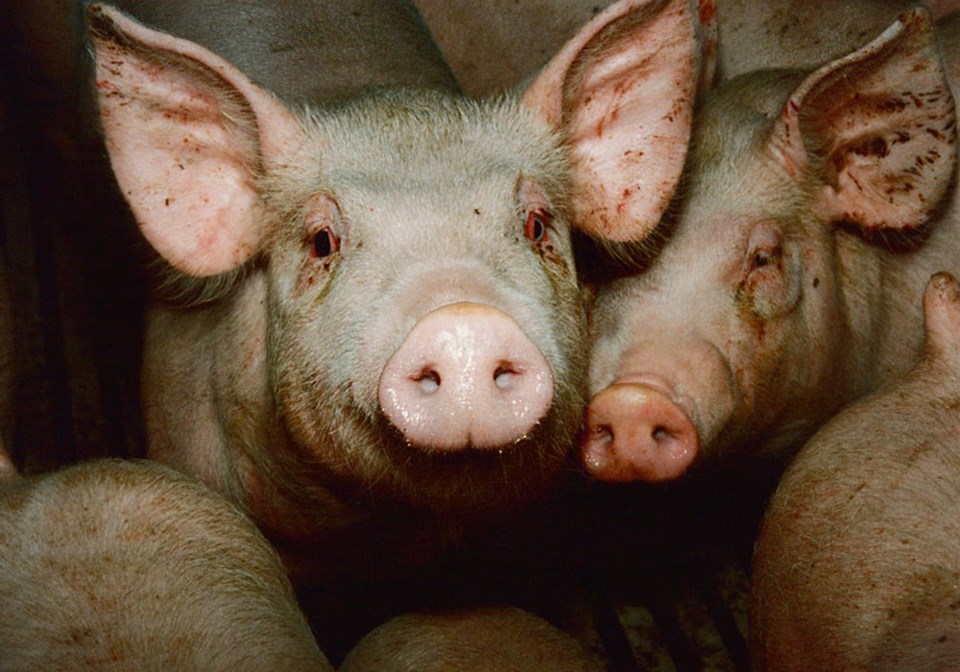WESTERN PRODUCERR — To a pig, heat is about a lot more than just air temperature. Unfortunately, many hog producers don’t realize that.
“When it comes to managing the thermal neutral temperature for the pig, we aren’t just talking about air temperature,” said North Carolina State University swine specialist Suzanne Leonard.
“We have to think about all the other surfaces in the barn that the pig can be in contact with for conduction, or just exposed to.”
For instance, barns might need to be warmed well before pigs are brought in.
“If you’re going into your facilities an hour or two before the truck arrives, it’s not going to be enough,” said Leonard.
The concrete surfaces like slats can take from four to 14 hours to warm up to the proper temperature.
Leonard, who spoke at the Manitoba Swine Seminar, said pigs can be affected by various floors, walls, drafts from windows and variations in airflow.
An air temperature gauge won’t often catch the impact of a cold concrete floor or temperatures radiating off of walls and windows. That can lead to pigs either eating too much in order to stay warm or going off feed because they’re too hot, even though the thermometer is suggesting everything’s within the acceptable range.
Leonard said producers sometimes don’t realize how long it takes to get the barn’s ambient temperature to the right level. Air can be heated or cooled quickly, but concrete and other solids take longer to equalize.
“Don’t get too attached to a number,” cautioned Leonard.
Instead, observe the pigs for symptoms of too-hot or too-cold conditions.
“We want them to be sort of lying like sausage links,” she said about resting pigs.
Side-by-side, about a pig and a half deep, is a happy situation for most pigs, which are social animals. If they’re spread out too widely, not touching each other, they’re likely too hot. If they’re piled three deep, they’re probably too cold.
Sometimes a thermometer isn’t enough to reveal what’s really going on.
Beyond temperature, airflow and quality are important issues for hog production, with poor air causing a number of problems.
High humidity can be a health threat for both humans and pigs, as well as a degrading factor for the barns themselves. Dust is similarly threatening for people and pigs.
Gases such as ammonia can build up and become a health risk, even when the barn’s air temperature seems fine and ventilation is reduced.

